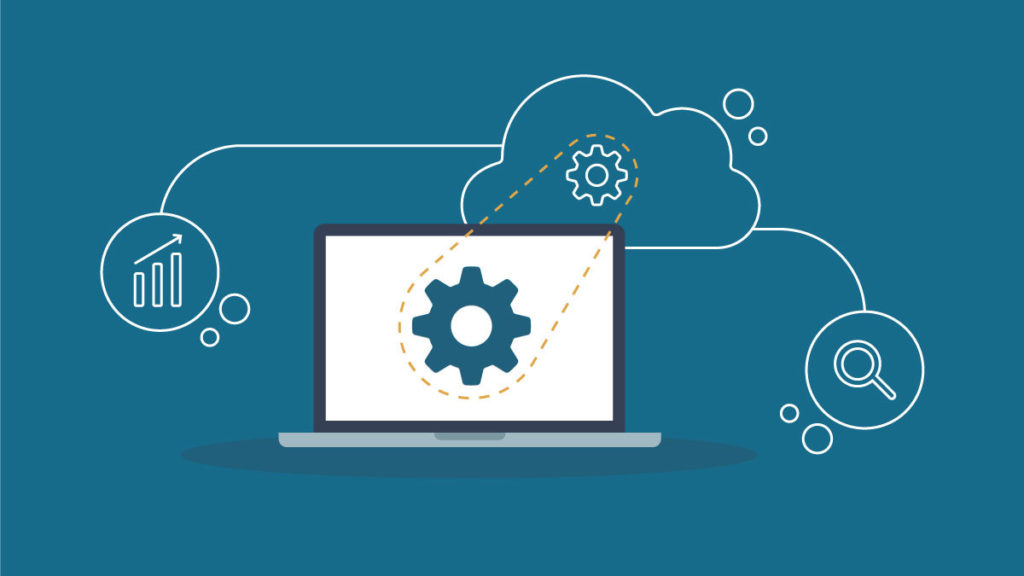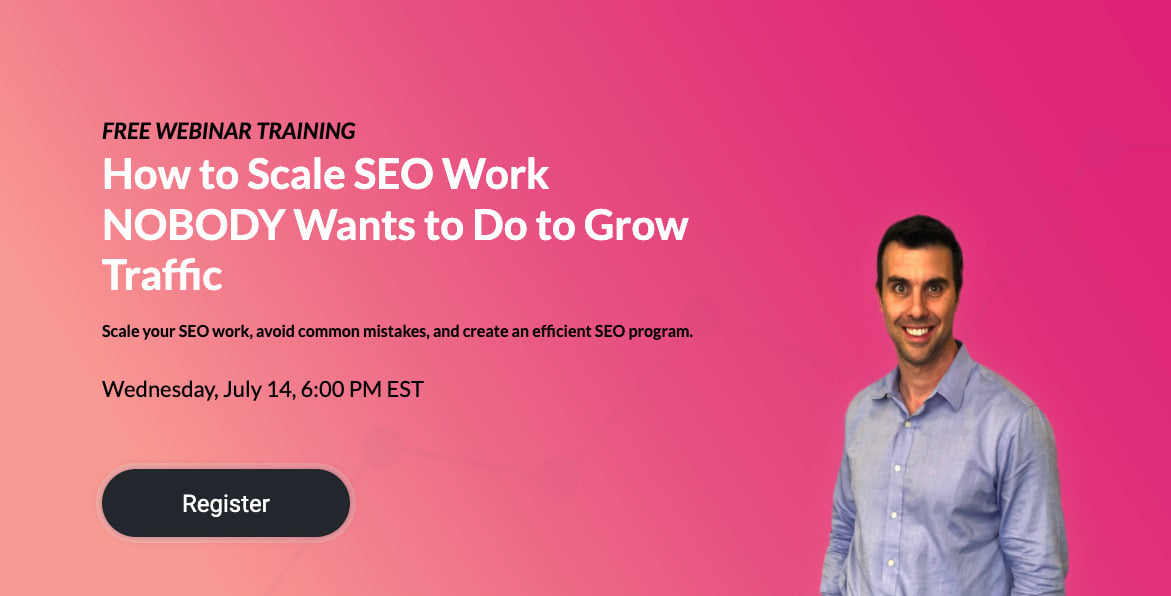In the digital and eCommerce market, we have seen many automation changes over the last decade: The automation of personalized emails based on browser and website behavior; the automation of product recommendations and the algorithmic engines that power them; the automation of pricing intelligence to enable more profit and competitive positioning.
JUMP TO // definition – benefits – automated tasks – how it works – get started
In most business functions, there is a point of innovation in which a given process can be automated. And in fact, automation is often the barrier that enables big businesses and limits others from scaling profits and reach in a meaningful way.
Today at Trinity, we are embracing a new type of automation that is going to forever change the SEO market and level the playing field. We are proud to partner with RankSense, whose leading software platform enables our new SEO Cloud™ services, available at no additional cost to all our clients and as part of our eCommerce technical SEO methods.
Why is SEO automation a game changer? And how can you leverage it? Keep reading below to find out.
What is SEO Automation?
SEO Automation is the process of auto generating on-page content or tag structures at scale. By using machine learning and python technology, SEO automation allows SEO efforts to become more efficient as tasks become easier to complete. For example, using SEO automation techniques, we are able to use AI to automatically construct meta descriptions across an entire subset of pages, then manually edit and refine these pages to map to target keywords.
Why is SEO Automation So Helpful?
SEO is a critical but time-consuming effort, as many activities focus on optimizations at the page level. At Trinity, our SEO customers have anywhere from one thousand to one million webpages indexed by Google—sometimes with thousands more pages that are either inaccessible to the crawler or incorrectly chosen to be excluded.
Let’s just say that conducting keyword research, crafting unique on-page semantics, and developing helpful copy for every individual page wouldn’t be the best way for us to spend our clients’ time.
So whenever possible, our team will advocate for changes that can be made globally, schematically, or to a collection of pages in one fell swoop. But not all developers have those capabilities, and not all CMS/eCommerce platforms play nice.
This is why SEO automation will be a tremendous advancement. Pockets of URLs that may have been neglected in the past due to resource constraints can now have SEO-friendly content and tagging, all constructed utilizing AI and machine learning. And because the rules are created by humans, the output remains high-quality, and has a huuuuge impact.
What SEO Tasks Can be Automated?
Currently, the depth of SEO automation is typically limited to fundamental tags that help Google and other search engines decipher the meaning of a page.
SEO automation areas include:
- Metadata (Title tags and meta descriptions to drive enhanced click through rates)
- Header tags (Semantic cues for Google to understand topical relevance)
- ALT tags (Image details to provide further association to a topic)
- Schema & structured data (Added context to optimize your search listings for rich snippets)

What this means is, within enterprise websites, a SEO or digital marketing team can for example use machine learning to construct unique title tags, header tags, and meta descriptions over thousands of pages that do not have existing tags.
This new “content” is reviewed within Google Sheets by a human, which at that time further semantic modifications or changes that are based on keyword research data are brought into the mix.
At Trinity we estimate that a SEO analyst can 10x the output of on-page optimization tasks as our analysts are primarily researching and editing – and not having to write the exact tag structure from complete scratch.
How Does SEO Automation Work?
At Trinity, our SEO Cloud™ service methodology centers around two key technologies to power efforts:
- Our awesome partner RankSense, whose platform enables us to execute these changes
- The content delivery network (CDN) Cloudflare, which serves as the entry point to our partners’ websites using their Cloudflare workers technology

Essentially, Cloudflare’s CDN enables Trinity SEO analysts an entry point into the code to make manipulations through the RankSense tool (always tested twice—once in staging, and again once deployed). The RankSense dashboard also uses intelligent monitoring and alerts to isolate key opportunities that present within a daily crawl assessment.
Using pre-set rules and CSV exports, we are able to create batch files and upload directly to the site, enabling SEO-friendly modifications to hundreds, if not thousands, of pages with a single push of a button. (And, did we mention, not a single hour of development time?)
All modifications that our analysts recommend and write adhere to rules and parameters within the system. The universal file type for content modifications is Google Sheets. This serves as a great group editing and sharing application before pushing the changes.

Once approved, our team uses Ranksense to review the changes within a staging environment to ensure data integrity and overall accuracy. That staging environment is also a component of the RankSense platform, so QA is not contingent upon remotely shared IPs, VPNs or secure domains.
What does this look like in our SEO workflow?
- We select a high-priority issue from our shared queue of work
- Our partner gives us the thumbs up to move forward
- We construct a list of offending webpages—using tools like Screaming Frog, SEMrush, Google Analytics and/or Search Console—and determine the best cadence for optimization (some changes can be made in minutes, while others, we may chip away at over a few weeks)
- We create a Google Sheet with RankSense-compatible formatting, and fill in the missing or improved data
- That Sheet is shared with our partner for review
- Once approved, we upload the Sheet in RankSense and QA the staging site thoroughly
- If adjustments are needed, we revise and review until ready
- The optimizations are deployed!
- Our analysts QA the production site again, then alert our customer to the change
- Our team habitually monitors your analytics suite, and reports on improvements in our partners’ custom monthly SEO reports
- We “Improve > Repeat”, because that’s The Trinity Way!
Automate Your SEO with RankSense and SEO Cloud™
As Trinity and the overall industry moves forward in SEO innovation, this undeniable shift to cloud-based automation will become more prominent and widely used.
Cloud SEO™ is the antidote to SEO problems with workflow, indexation, and technology capabilities of internal CMS and eCommerce platforms. Our service can help overcome these challenges and provide a predictable business process to drive smarter SEO changes at scale.

If you’d like to learn more, contact us for a free 30-minute strategy session. We’re happy to share the power of automation and how it might benefit your bottom line.





